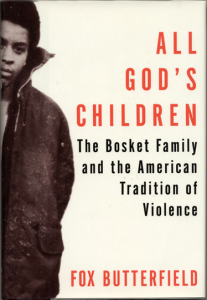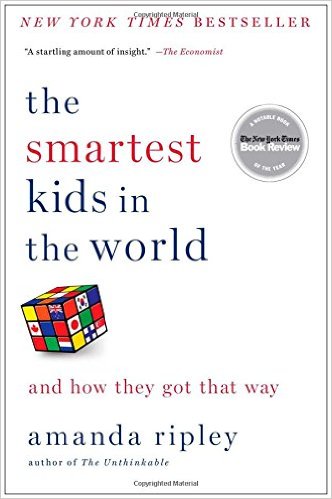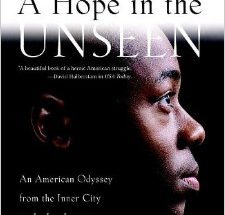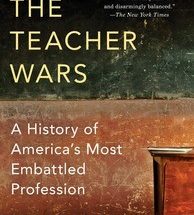
“All God’s Children” began when author Fox Butterfield was asked by his editors at the New York Times to write a story about a man called Willie Bosket who stabbed a prison guard in 1988. By then, Bosket was known as America’s most violent prisoner. He described himself as “a monster created by the system” during his trial. The New York Times editor wanted Butterfield to explore what made Willie so violent. Since he has committed his first serious crimes as a teenager, the story might shed light on America’s increasing youth violence.
Butterfield did look into it, and found so much material that he wrote a book about it.
At the young age 15, Willie Bosket was convicted for three murders. He had already spent six years before institutionalized for violent behavior, sentenced to reform school and a psychiatric hospital. At the time of his conviction he boasted that he had already committed two thousand crimes – two hundred armed robberies, and 25 stabbings. Juvenile laws at the time dictated that he could only be sentenced to five years in jail for the three murders, to which he pled guilty. Children up to age 18 were considered capable of rehabilitation.
Bosket’s case changed all that. The Juvenile Offender Act of 1978, otherwise known as the “Willie Bosket Law” was passed in a hurry to ensure that he would be tried as an adult. The law stipulated that children as young as 13-years-old accused of a violent crime could now be tried and sentenced as adults in the State of New York. By 1997 all 50 states had passed legislation allowing or requiring certain juveniles between the ages of 10 and 17 to be charged and punished as adults. The number of children incarcerated in the United States in that time more than doubled.
Right now, in 2015, Willie Bosket is imprisoned in a solitary confinement box created specifically for him. Guards are not allowed to speak to him. The only sound he can hear is the sound of his own toilet flushing. At the time when the book was written in 1995, his compounded sentences meant he would be in that box until at least 2045.
In “All God’s Children, ” Butterfield examines in detail the dysfunctional environment Willie grew up in: his poor, extremely violent neighborhood, his dismissive mother, abusive grandfather and imprisoned father. Butterfield attributes Willie’s violent behavior to deprivation and poverty. He also looks deeply into Bosket’s ancestry for answers. At Bosket’s request, Butterfield traced the Bosket family back to Willie’s great-great-grandfather who was a slave in Edgefield, “Bloody Edgefield” South Carolina in the early 1700s and found a pattern of violence and neglect.
Going back all the way to Edgefield enabled Butterfield to identify a culture of violence, a state of mind built on white-on-white southern violence, where men adopted a medieval code of honor, and killed if insulted. Slaves didn’t participate in this violence, but instead were the victims of it. After emancipation, many adopted the same code of behavior that justified killing to defend one’s honor.
Each chapter examines one of Willie Bosket’s ancestors, tracing the evolution of the terminology that triggered violence, from “honor” to “reputation” to “respect.”
The patterns throughout the Bosket family are unmistakable. Willie was sent to the same correctional facility as his father at the same age–9 years old–and then to the same psychiatric hospital. Both men’s IQs were at near genius level. Both men’s violent impulses were uncontrollable, and both men’s eyes rolled in the same way when they felt threatened.
But Butterfield takes care to remind readers there is no scientific proof for concluding there might be a genetic cause for violent behavior. I think overall, one of the greatest achievements of this book is to show the power of example, of the notion of disrespect in American society and of self-fulfilling prophecies. To these men whose fathers were institutionalized before them, whose extreme intelligence was put to the service of what they believe is the most respectful thing to do, which is being as violent as possible, prison was not a punishment but an accomplishment. Society gave them a “license to kill” because they knew from a young age that they were destined to be imprisoned.
It is telling in his epilogue that Butterfield compares curbing violent crime to policies against drunk driving and smoking. Smoking has decreased because of policies that slowly succeeded in making it less glamorous. But the change didn’t happen immediately. This is exactly what keeps Americas’ prisons so full: the need for immediacy. In the epilogue, he underlines the need for education to include the capacity of settling conflicts in a peaceful manner.
I found this book extremely compelling as non-fiction narrative because of its thorough use of archives, psychiatric evaluations, criminal and prison records and 210 interviews that allowed Butterfield to write this story using thoughts and dialogue. It certainly helped that the Boskets were such colorful and articulate characters, who chose to defend themselves in court, and who left behind a detailed account of the history of American violence.



